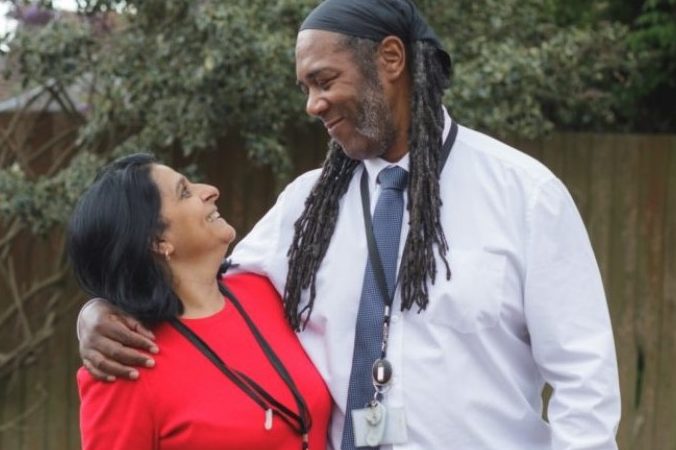
Lockdown loneliness
During a pandemic, which is still far from over, few of us have escaped moments of loneliness or isolation. Even in large households, where a major focus of stress can be a sense of overcrowding and a lack of time to yourself, people have missed out on seeing close friends, relatives and loved ones. People whose work or social lives involve meeting lots of people have also had a very different year. For some, lockdown has been almost entirely solitary.
That experience of being separated from loved ones, friends and our wider communities may have been relatively slight or it could have been all-consuming. For millions of older people and others who have long-standing difficulties around activities outside their homes, the isolation of lockdown may have further embedded a disconnection going on for years, and which is not likely to end with the easing of restrictions.
For many thousands of people, social care or support visits are the only moments of human contact within their own four walls day after day. There has rightly been a huge focus on getting safe visiting back up and running for people who live in care homes, but many of those residents already had little contact with friends, relatives and the local community.
We have also seen how, against the odds, the pandemic has been a time of increased connection for some. I’m thinking of the older people whose streets now have mutual aid and WhatsApp groups, and whose neighbours took the crisis as permission to reach out and offer help to people they had previously not wanted to ‘intrude’ upon.

Innovation overcomes isolation
Many individuals have started to use new technology and the most creative community groups and charities have reached more people more easily by virtual means than they did face-to-face.
Our social media has been full of Shared Lives carers, and the people who are part of their households, finding ways to live as well and fully as possible during lockdown.
Shared Lives carers are approved to provide support and personal care by their local registered Shared Lives scheme and matched with adults whom they either visit regularly or move in with.
They have been feeling the pressure of caring within the restrictions of lockdown, without the back up of day services and their routines disrupted. However, the experience of living in a Shared Lives household has remained social as well as caring.
These households, by their nature, are often larger, livelier and more social. With government funding, we have even been able to use new tech to speed up the recruitment and matching of new carers, with more than a hundred new households in four pilot areas ready to welcome those who need care and support. Several councils are working with us to increase the scale and ambition of their existing services.
We have also seen a resurgence of Homeshare, which matches an isolated older person with a younger person who needs somewhere to live, with the younger person moving in to help out or provide companionship.

Questions around the future and cost of social care
There will be many questions to answer in the coming months about how we deliver social care now, and then, turning to long term reform, what we want the future of social care to look like. These questions will have a huge financial and economic element: who pays how much?
But let’s all reflect on our experiences of being separated from those we love during this difficult year. Can we really return to our own social lives, but leave behind socially isolated people who rely on us for care and support?
Instead, let’s make this the moment we as a nation commit to not just providing the care people need when they need it, but also to doing everything we can to help people live the lives they want. That means independent but connected, cared for when we need care, but also socially supported throughout our lives.